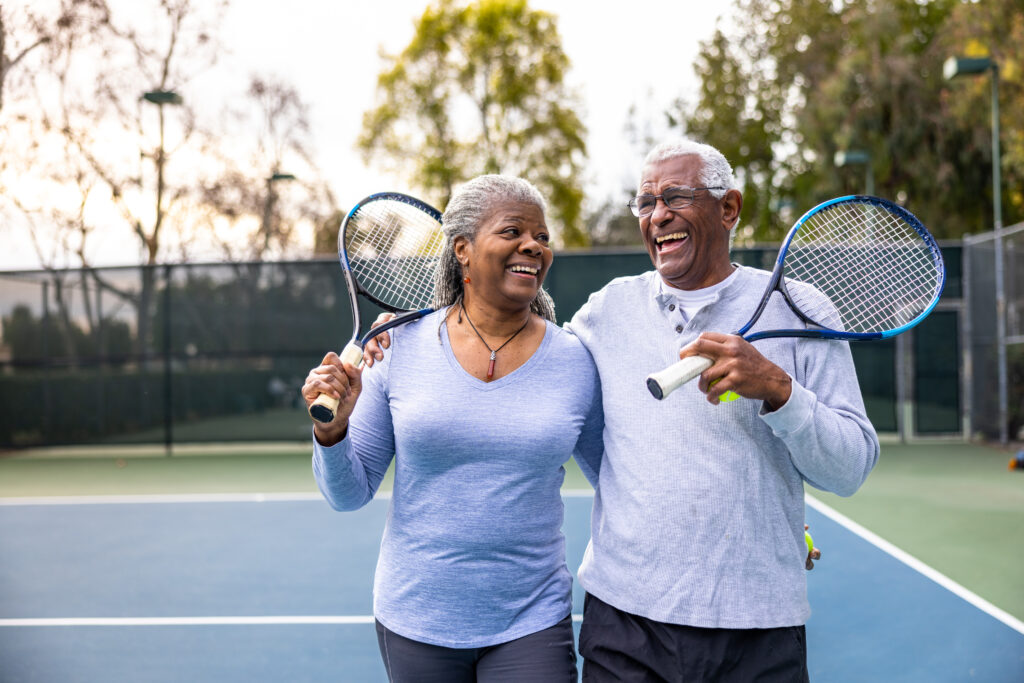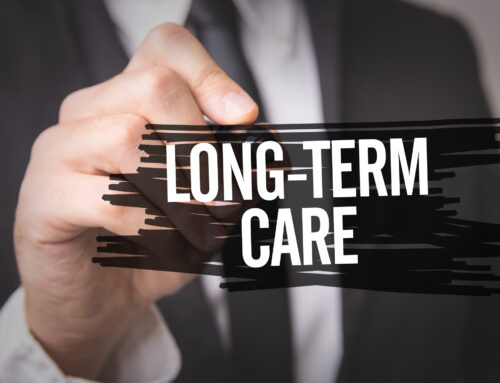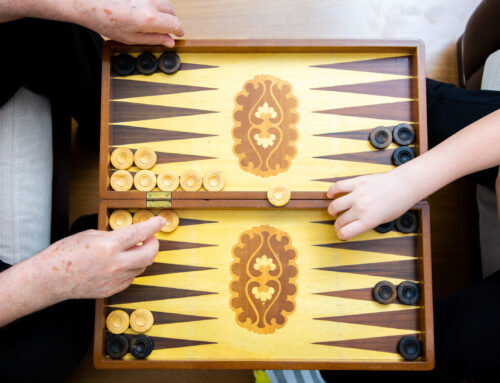
Retirement marks a significant milestone in one’s life, offering an abundance of free time that can be invested in hobbies, interests, and activities that promote physical health and social interaction.[1] Staying active is crucial for maintaining a healthy lifestyle, enhancing mental health, and ensuring overall well-being.[1]
Pickleball: A Social Sport with a Gentle Learning Curve
Pickleball, a paddle sport that combines elements of tennis, badminton, and ping-pong, has surged in popularity among retirees. It’s played on a badminton-sized court with a modified tennis net, a paddle, and a plastic ball with holes. The sport’s appeal lies in its easy-to-learn nature and the lower impact on joints compared to traditional tennis, making it accessible for individuals of varying fitness levels. Moreover, pickleball fosters social interaction and camaraderie, as it is typically played in doubles, encouraging teamwork and communication.
Swimming: A Refreshing Way to Enhance Physical Health
Swimming is an excellent activity for retirees, offering a full-body workout that tones muscles, improves cardiovascular health, and increases flexibility without putting stress on the joints. It’s an ideal exercise for those with arthritis or mobility issues. Additionally, many community pools offer group aqua aerobics classes, providing a fun and social environment to stay fit and meet new friends.[1]
Golf: A Leisurely Sport with Mental and Physical Benefits
Golf is another popular activity among retirees, known for its leisurely pace and social aspect. Walking the course is a great way to get in steps and enjoy the outdoors, while the concentration required for each shot offers cognitive benefits. Golf clubs and community courses often host leagues and tournaments, presenting opportunities for social engagement and friendly competition.[1]
Exercise Classes: A Structured Approach to Fitness
For those seeking a more structured fitness regimen, joining exercise classes can be highly beneficial. Many community centers, gyms, and senior centers offer a variety of classes tailored to older adults, including yoga, Pilates, strength training, and Zumba. These classes are designed to improve flexibility, balance, and strength, catering to different fitness levels and abilities. Participating in group classes also provides a sense of community and accountability, encouraging regular attendance and effort.[1]
Conclusion
Retirement is a period of exploration and growth, and staying physically active plays a pivotal role in making the most of these golden years. If you’re also looking to make the most of your retirement plan, Click HERE to reach out to one of our financial professionals at Zinnia Wealth Management today. They can help you to stay active not only in your fitness life but in your financial life as well.






